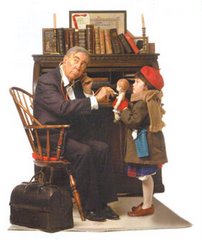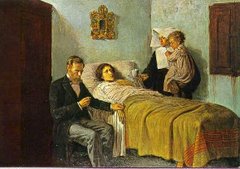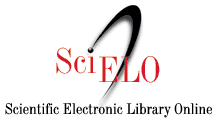Diagnosis and Treatment of Otitis Media
KALYANAKRISHNAN RAMAKRISHNAN, MD, FRCSE; RHONDA A. SPARKS, MD;
and WAYNE E. BERRYHILL, MD
University of Oklahoma Health Sciences Center, Oklahoma City, Oklahoma.
Diagnostic criteria for acute otitis media include rapid onset of symptoms, middle ear effusion, and signs and symptoms of middle ear inflammation. Streptococcus pneumoniae, Haemophilus influenzae, and Moraxella catarrhalis are the most common bacterial isolates from the middle ear fluid of children with acute otitis media. Fever, otalgia, headache, irritability, cough, rhinitis, listlessness, anorexia, vomiting, diarrhea, and pulling at the ears are common, but nonspecific symptoms. Detection of middle ear effusion by pneumatic otoscopy is key in establishing the diagnosis. Observation is an acceptable option in healthy children with mild symptoms. Antibiotics are recommended in all children younger than six months, in those between six months and two years if the diagnosis is certain, and in children with severe infection. High-dosage amoxicillin (80 to 90 mg per kg per day) is recommended as first-line therapy. Macrolide antibiotics, clindamycin, and cephalosporins are alternatives in penicillin-sensitive children and in those with resistant infections. Patients who do not respond to treatment should be reassessed. Hearing and language testing is recommended in children with suspected hearing loss or persistent effusion for at least three months, and in those with developmental problems.
(Am Fam Physician 2007;76:1650-8, 1659-60. Copyright © 2007 American Academy of Family Physicians.)
Patient information: A handout on ear infections in children, written by the authors of this article, is provided on page 1659.
A PDF version of this document is available (9 pages/257 KB). Link:http://www.aafp.org/afp/20071201/1650.pdf
lunes, 3 de diciembre de 2007
Otitis Media
Publicado por
PJC
en
2:25
![]()
Etiquetas: Temas Clínicos-Guías












